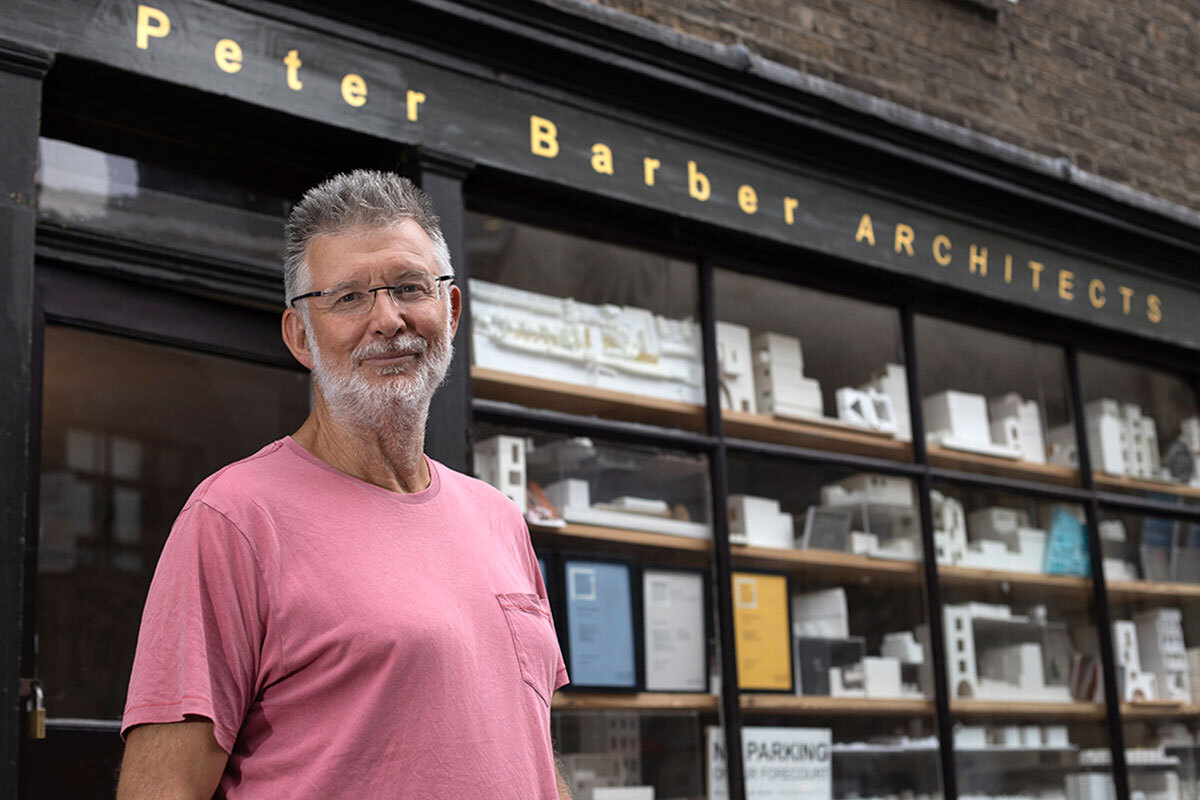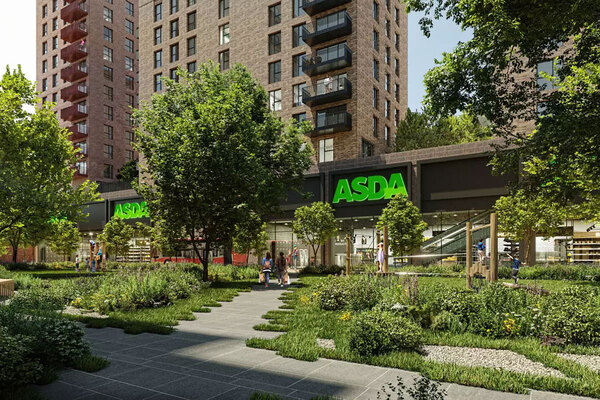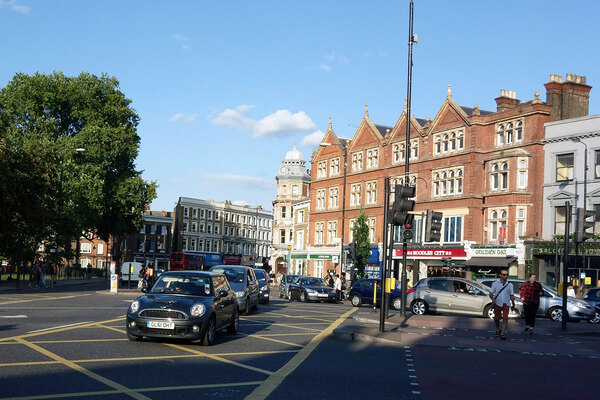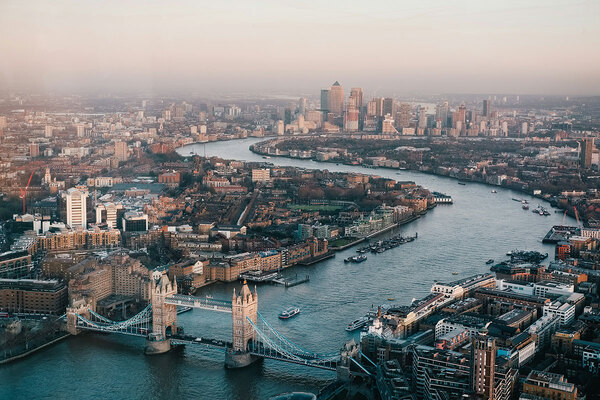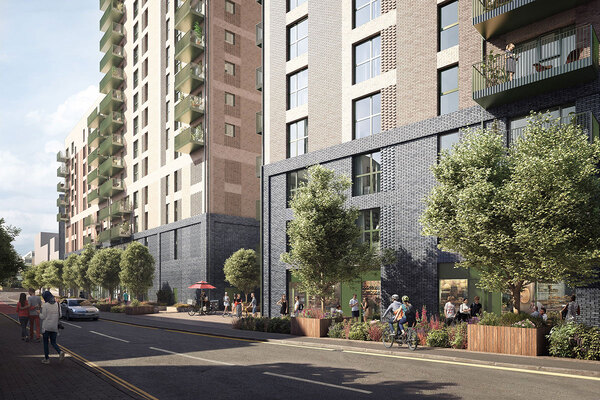You are viewing 1 of your 1 free articles

Vicky Payne is strategy, research and engagement lead at the Quality of Life Foundation
Requiring beauty in planning would be a mistake
The government wants to change planning guidance in England to wedge in more references to developments being beautiful – in addition to being well-designed. Vicky Payne argues that this is a mistake
The government is consulting on updates to the National Planning Policy Framework (NPPF). Among the changes is a generous sprinkling of references to beauty. The word “beauty” or “beautiful” already appeared 15 times in the current NPPF. Ten simply related to the natural environment, and the five built environment inclusions tied into the publication of the National Model Design Code (aka the NMDC, which I was lucky enough to help produce), and sat within more pragmatic design language.
The proposed changes add six additional references to beauty, more than doubling the total relating to buildings and places. The additions require development to not just be “well-designed” but “beautiful” (eg Chapter 12 would be titled “Achieving well-designed and beautiful places”). There’s also a strategic requirement at Paragraph 20 for strategic policies to “ensure outcomes support beauty and placemaking”.
Why? The government says previous changes have had positive effects on new development, and the proposals will take things further (“if some is good, more is better”). But the previous changes were focused on design, robustly supported and explained by the NMDC. There’s little to justify the new swing towards beauty specifically.
You might think I am being churlish. Surely no one would object to such a thing? Worst case scenario, it’s an ineffective policy. Neutral. But my perspective is that it is harmful in its current form, for the following reasons:
It lacks clear definition
Beauty is not entirely subjective, and it’s important to have positive aspirations, but we need more clarity. It’s not like our legal frameworks simply ask us to “strive for justice and refuse injustice”. The consultation’s line that beauty is “everything that promotes a healthy and happy life, everything that makes a collection of buildings into a place, everything that turns anywhere into somewhere, and nowhere into home” doesn’t cut it.
“We should focus on raising the baseline, so no one has to suffer from the health and well-being impacts of poor design. If some people find aspects of places beautiful too, great”
This puts complexity in the way of progress
The design agenda from the last NPPF and NMDC has momentum. Authorities are producing codes and decisions are starting to take design into account. A policy shift towards beauty without definition risks derailing progress with debates about style rather than design, increasing the burden on under-resourced local authorities.
It fuels polarisation
The undefined “beautiful vs ugly” dichotomy is unhelpful. Moises Nahim warns of the three Ps – “populism, polarisation and post-truth” – that undermine democracy. Plenty of the second P makes its way into built environment discussions already. We should refocus on the design process which allows for negotiation and compromise, based on the needs of individual places.
It enables a weak stance on housing
The wider NPPF revisions significantly reduce the burden on local authorities to meet identified housing needs, a policy shift with significant human cost. Incorrectly asserting that beauty will increase support for new housing tacitly condones this weak, damaging approach to delivering homes.
It risks design inequality
Most development in the UK is not close to being well-designed, let alone beautiful. We should focus on raising the baseline, so no one has to suffer from the health and well-being impacts of poor design. If some people find aspects of places beautiful too, great, but focusing on exceptionalism when resources are scarce risks perpetuating design inequality.
The Quality of Life Framework gives a simple, clear indication of the ingredients needed to create neighbourhoods that support health and well-being. It is consistent with the broader advice on design and coding set out in the National Model Design Code. These documents provide robust guidance on creating well-designed places.
If the beauty agenda is to be pursued (and I’m yet to be convinced that it should be), something similarly clear must be produced, setting out what is meant by beauty and outlining a process for delivering it.
Vicky Payne, strategy, research and engagement lead, Quality of Life Foundation


